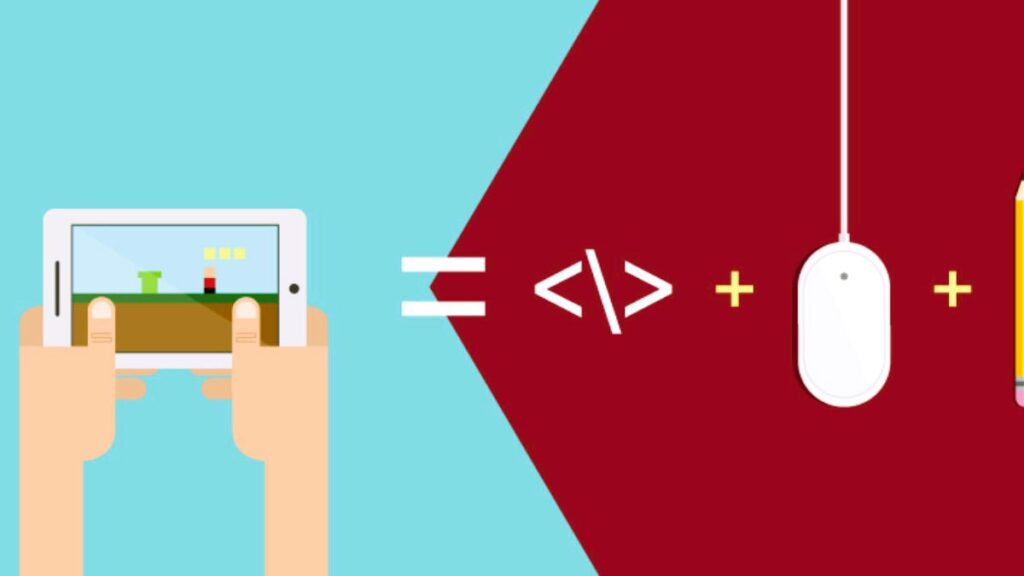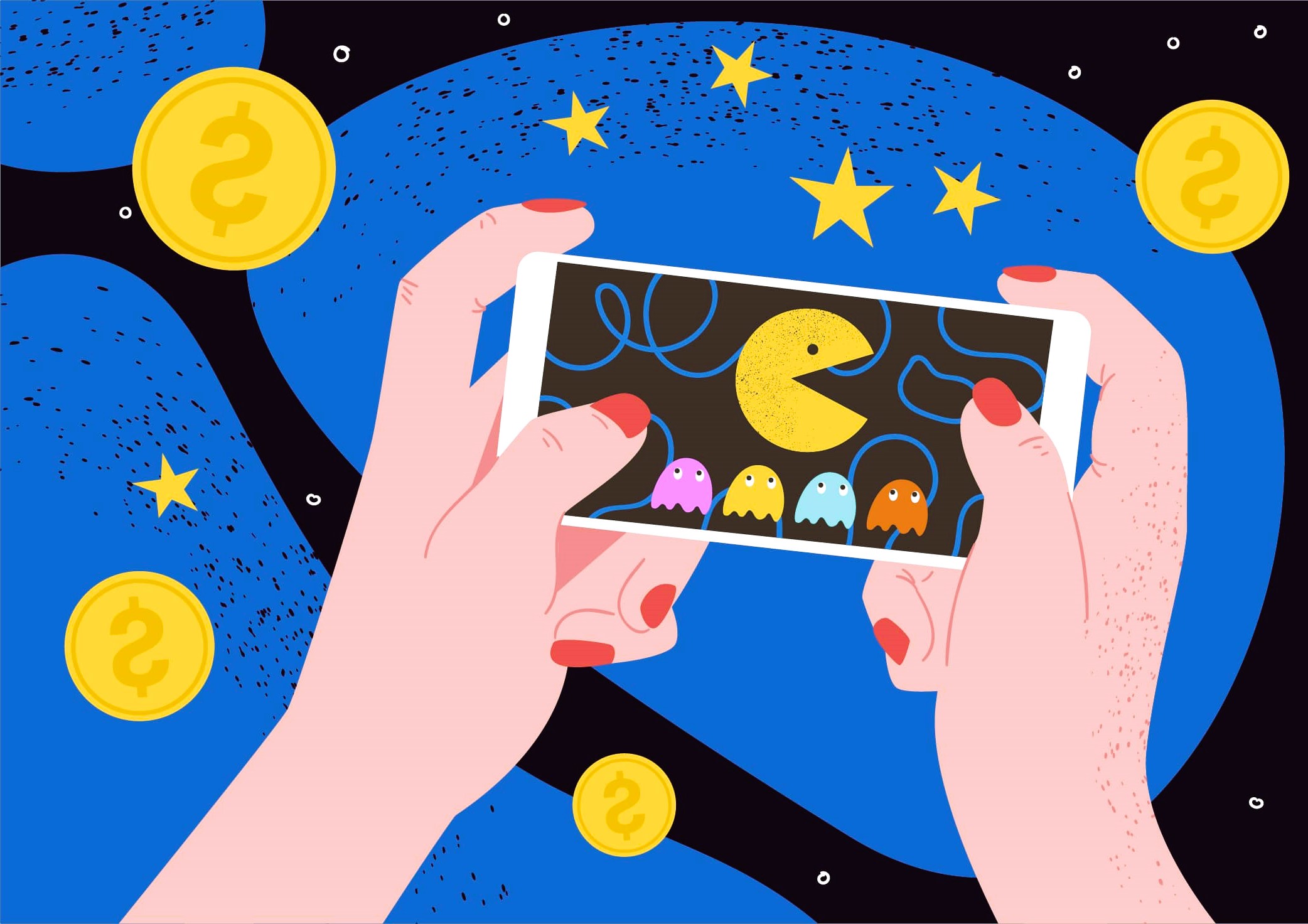Alright, mobile game devs, listen up! You’ve poured your heart and soul into creating the next big hit, but there’s a catch. No one’s gonna play your game if they don’t know it exists. You could have the most mind-blowing mechanics, art, and story, but if you can’t sell it, it’s like having a hidden gem at the bottom of a lake. Your job? Get the attention. And you do that with a killer interactive presentation that makes people say, “I need to check this out right now.”
I’m here to break it down, no nonsense. Think of this as a guide from your buddy who’s been there, done that, and figured out how to get the media, investors, or even your potential players to jump on your hype train.
1. Get Your Story Straight – Why Does Your Game Matter?
First things first—why does your game exist? What makes it stand out in the vast sea of mobile games that are released every day? You need to have a clear, solid story behind your project. Don’t just say, “Oh, it’s an RPG with cool graphics and combat.” Nah, bro, dig deeper. Why would people care?
Nail Down These Points:
- Unique Selling Point (USP): What makes your game different? Maybe it’s the graphics, the story, the mechanics, or a game-changing feature. Identify it and make it clear in your pitch.
- Target Audience: Who’s gonna play this game? Is it for casual players? Hardcore gamers? RPG fans? Know who you’re talking to.
- The Hook: What makes your game worth their time? Give them a reason to care beyond the surface level.
Pro Tip:
Tell a compelling story. Gamers are emotionally invested in experiences. If you can make your pitch feel like a personal, engaging story, you’ll hook them faster than any stats or features ever will.
2. Keep It Interactive, Not Boring
Let’s be real—no one has the patience for a boring pitch. If you’re just throwing a PowerPoint with a bunch of text and screenshots at someone, you’re doing it wrong. Instead, you’ve gotta immerse them. Make them feel like they’re already playing your game just by looking at your presentation.
Ways to Add Interactivity:
- Clickable Demos: Let them see the game in action. Use prototypes, playable demos, or even interactive video trailers where they can choose what happens next.
- Interactive Mockups: If your game is still in development, show it off with interactive mockups or live prototypes. Platforms like InVision or Marvel can help you create these.
- Mini Quizzes or Polls: Have a little fun! Throw in an interactive quiz to make them think, or ask questions about what features they like most.
- GIFs/Short Clips: No static images—show them how the game feels. Use GIFs or short clips of gameplay that highlight the coolest, most exciting parts of the game.
Pro Tip:
Keep the experience fluid and responsive. If your demo lags or crashes, it’s game over. Test everything to make sure it runs smooth, especially on mobile. Did you like the article? Read also about ProposalPage in Game Development.
3. Visuals Are Key – But Don’t Overdo It
Gamers are visual creatures. We’re all about the aesthetics—whether that’s the gorgeous landscapes, character designs, or even the UI/UX. But just throwing a bunch of high-res images into your pitch doesn’t make it interactive. It makes it a slideshow. Instead, focus on making those visuals tell a story.
Tips for Killer Visuals:
- Game Clips: A few seconds of your most jaw-dropping gameplay is worth a thousand words. Show the action, the fun, and the vibe of the game in motion.
- Concept Art/Sketches: Before it’s all polished, show the vision behind your project. Give a sneak peek into the development journey.
- UI Demos: If you’ve got a slick, user-friendly interface, show it off. Let potential investors or collaborators see that you’re not just about the gameplay, but the whole mobile experience.
- Transitions: Don’t just cut from one visual to the next. Use smooth transitions that feel like part of the game’s flow. This shows that you understand the power of good UX design.
Quick Tip:
Don’t overload your presentation with too much text. Let the visuals speak. People get bored reading long descriptions—show ‘em, don’t tell ‘em.
4. Make It Easy for Investors to See $$$ (Money Talks)

If you’re trying to sell your project to investors, you need to make one thing crystal clear: How is this game gonna make them money? Investors care about cash flow, plain and simple. If you don’t have a solid monetization strategy, your pitch is dead before it even starts.
Include These in Your Pitch:
- Monetization Model: Are you going with ads, in-app purchases, or a one-time purchase fee? Show investors that you’ve thought this through.
- Market Research: Back your pitch up with some data. How big is the market for your game type? What are the trends in mobile gaming that support your idea?
- Projected ROI: Investors wanna know that they’ll get something back. Even if it’s just an estimate, show them how much revenue your game could potentially generate based on your market research.
Pro Tip:
Don’t promise the moon. Be realistic about potential earnings. Investors appreciate a dev who’s grounded and has a clear, achievable plan.
5. Keep the Pitch Short and Sweet
Let’s face it, no one’s got time for a 45-minute pitch unless it’s blowing their mind. So keep it concise. You should be able to summarize your entire game—and why it’s worth their attention—in under 5 minutes. After that, get ready for some Q&A.
Breakdown of a Short, Sweet Pitch:
- Intro (30 seconds): Brief intro of who you are and what your game is about. Keep it snappy.
- Why it’s Different (1 minute): Explain what makes your game stand out and why it’s worth playing.
- Gameplay Demo (2 minutes): Show them the coolest, most exciting aspects of the game.
- Monetization & Market (1 minute): Wrap it up with the business side—how you’re going to make this a money-making success.
Pro Tip:
Practice makes perfect. You should be able to give this pitch in your sleep. Rehearse in front of a mirror or with a friend. Confidence is key.
6. Follow Up, But Don’t Be That Guy
Once you’ve delivered your interactive pitch, don’t just vanish into the ether. Follow up, but don’t spam. If they’re interested, they’ll reach out. But if you haven’t heard back in a few days, a friendly nudge is okay.
How to Follow Up Like a Pro:
- Be polite: Say something like, “Just wanted to follow up on the pitch for [Game Name]—I’d love to hear your thoughts!” Keep it casual, but professional.
- Be patient: Media outlets, investors, and influencers are busy people. Give them time to respond.
Selling your mobile game through an interactive presentation isn’t just about showing off the game—it’s about showing the passion and potential behind it. Make your audience feel something—whether that’s excitement, curiosity, or pure hype. You’ve got something amazing on your hands, so don’t hold back.
Want to dive deeper into the world of game development and presentations? Check out this Wikipedia article on Game Design for more insights.
Now, get out there and sell your game like the legend it’s destined to be. You’ve got this!




